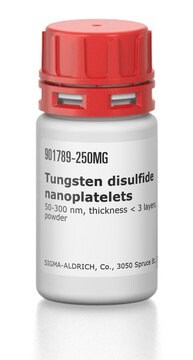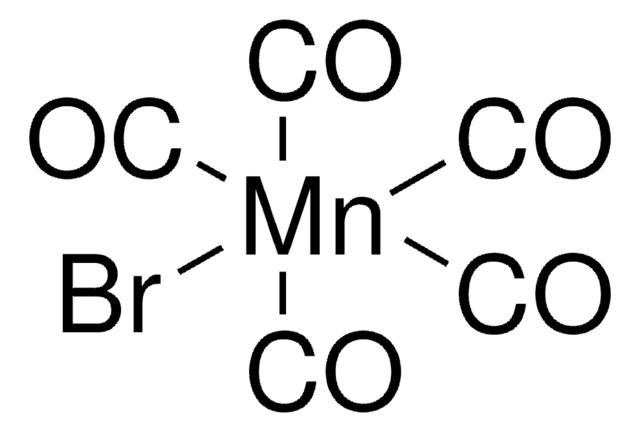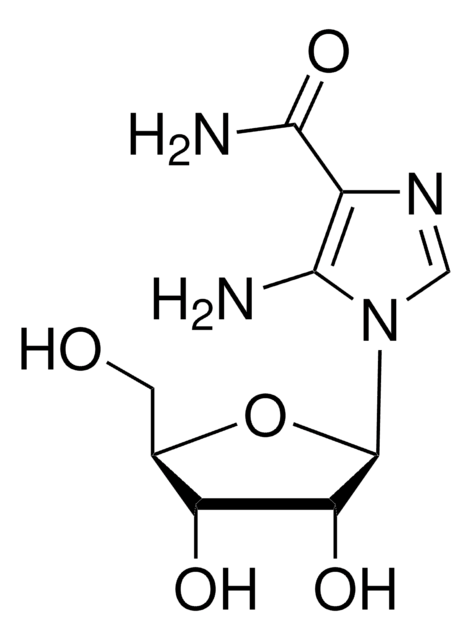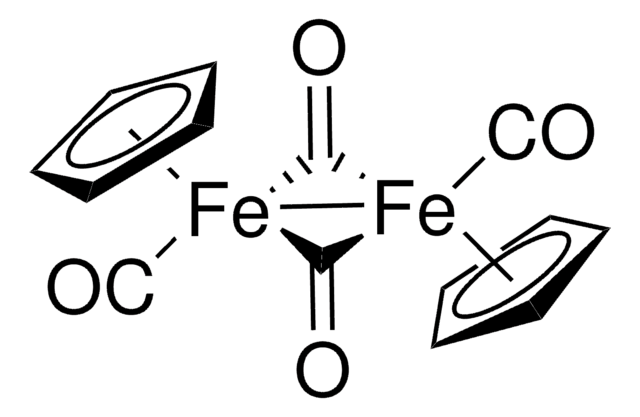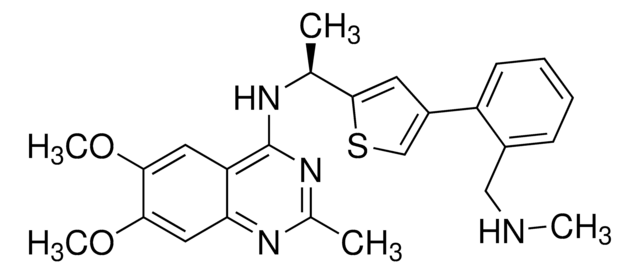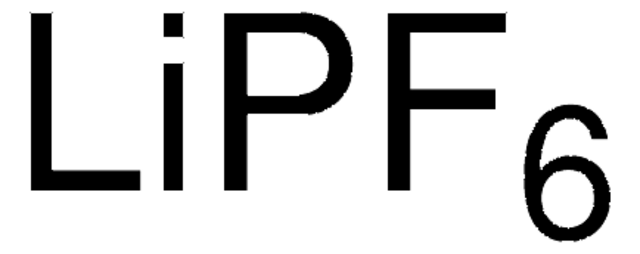907375
H-L-Photo-methionine HCl
≥95%
동의어(들):
(S)-2-Amino-4-(3-methyl-3H-diazirin-3-yl)butanoic acid hydrochloride, (S)-2-Amino-4-(3H-diazirin-3-yl)pentanoic acid hydrochloride, Diazirine amino acid, Photo-Met, Photo-crosslinking amino acid, Photoprobe building block
로그인조직 및 계약 가격 보기
모든 사진(1)
About This Item
추천 제품
분석
≥95%
형태
powder
반응 적합성
reaction type: solution phase peptide synthesis
재고 정보
available only in USA
응용 분야
peptide synthesis
저장 온도
2-8°C
애플리케이션
H-L-Photo-Methionine HCl is a diazirine-containing methionine amino acid and multifunctional photo-crosslinker. Its incorporation into peptides or small-molecule probes and tools allows for photoaffinity labeling of cellular targets and protein-protein interactions upon UV light (~360 nm) irradiation to form a covalent bond. This and other multifunctional probe building blocks will continue to accelerate drug discovery research for probing cellular mechanisms, target ID/validation, and understanding traditionally undruggable targets. An Fmoc-protected version is also available as 907367.
Product can be used with our line of photoreactors: Including Penn PhD (Z744035) & SynLED 2.0 (Z744080)
Product can be used with our line of photoreactors: Including Penn PhD (Z744035) & SynLED 2.0 (Z744080)
기타 정보
Carboxyl-Photo-Reactive MS-Cleavable Cross-Linkers: Unveiling a Hidden Aspect of Diazirine-Based Reagents
A vimentin binding small molecule leads to mitotic disruption in mesenchymal cancer
Cell-Based Proteome Profiling of Potential Dasatinib Targets by Use of Affinity-Based Probes
Proteome profiling reveals potential cellular targets of staurosporine using a clickable cell-permeable probe
Photo-leucine and photo-methionine allow identification of protein-protein interactions in living cells
Fishing for Drug Targets: A Focus on Diazirine Photoaffinity Probe Synthesis
Photo-affinity labeling (PAL) in chemical proteomics: a handy tool to investigate protein-protein interactions (PPIs)
A vimentin binding small molecule leads to mitotic disruption in mesenchymal cancer
Cell-Based Proteome Profiling of Potential Dasatinib Targets by Use of Affinity-Based Probes
Proteome profiling reveals potential cellular targets of staurosporine using a clickable cell-permeable probe
Photo-leucine and photo-methionine allow identification of protein-protein interactions in living cells
Fishing for Drug Targets: A Focus on Diazirine Photoaffinity Probe Synthesis
Photo-affinity labeling (PAL) in chemical proteomics: a handy tool to investigate protein-protein interactions (PPIs)
관련 제품
제품 번호
설명
가격
신호어
Danger
유해 및 위험 성명서
Hazard Classifications
Self-react. C
Storage Class Code
5.2 - Organic peroxides and self-reacting hazardous materials
WGK
WGK 3
Flash Point (°F)
Not applicable
Flash Point (°C)
Not applicable
가장 최신 버전 중 하나를 선택하세요:
Xiaozhou Luo et al.
Proceedings of the National Academy of Sciences of the United States of America, 113(13), 3615-3620 (2016-03-16)
Thiopeptides are a subclass of ribosomally synthesized and posttranslationally modified peptides (RiPPs) with complex molecular architectures and an array of biological activities, including potent antimicrobial activity. Here we report the generation of thiopeptides containing noncanonical amino acids (ncAAs) by introducing
Yeolin Lee et al.
Analytical chemistry, 88(19), 9503-9509 (2016-09-01)
Fc-specific antibody binding proteins (FcBPs) with the minimal domain of protein G are widely used for immobilization of well-oriented antibodies onto solid surfaces, but the noncovalently bound antibodies to FcBPs are unstable in sera containing large amounts of antibodies. Here
Haibin Shi et al.
Journal of the American Chemical Society, 134(6), 3001-3014 (2012-01-17)
Protein kinases (PKs) play an important role in the development and progression of cancer by regulating cell growth, survival, invasion, metastasis, and angiogenesis. Dasatinib (BMS-354825), a dual Src/Abl inhibitor, is a promising therapeutic agent with oral bioavailability. It has been
Michael J Bollong et al.
Proceedings of the National Academy of Sciences of the United States of America, 114(46), E9903-E9912 (2017-11-01)
Expression of the transcription factor FOXC2 is induced and necessary for successful epithelial-mesenchymal transition, a developmental program that when activated in cancer endows cells with metastatic potential and the properties of stem cells. As such, identifying agents that inhibit the
Claudio Iacobucci et al.
Analytical chemistry, 90(4), 2805-2809 (2018-01-30)
A major challenge in cross-linking/mass spectrometry (MS) is targeting carboxyl functions in proteins under physiological conditions that do not disturb the protein's conformation. Cross-linking of glutamic acid and aspartic acid residues in proteins will greatly expand the scope of structural
자사의 과학자팀은 생명 과학, 재료 과학, 화학 합성, 크로마토그래피, 분석 및 기타 많은 영역을 포함한 모든 과학 분야에 경험이 있습니다..
고객지원팀으로 연락바랍니다.

